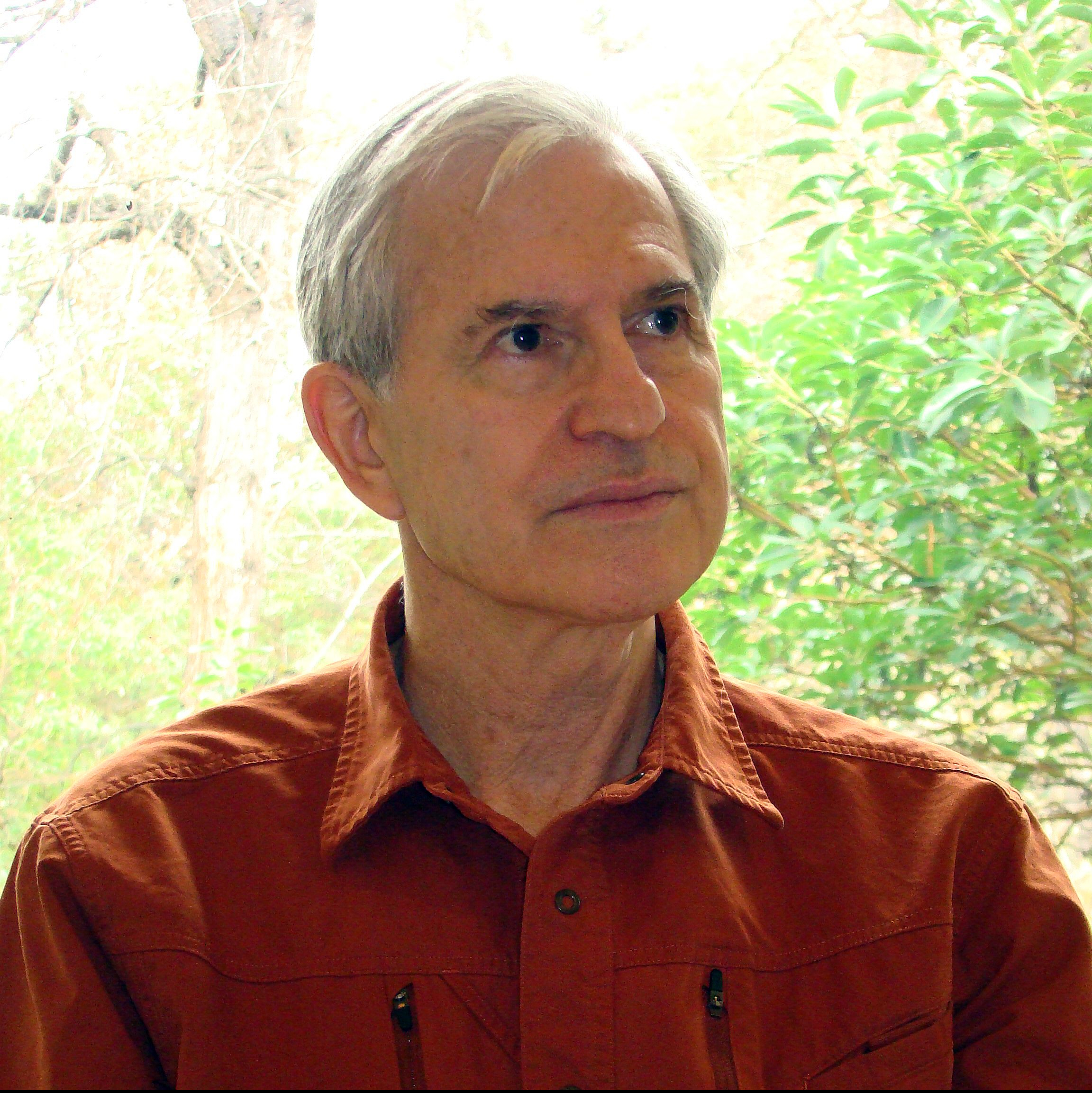Preprint
Article
Hybrid Classical-Quantum Computing: Applications to Statistical Mechanics of Neocortical Interactions
Altmetrics
Downloads
98
Views
193
Comments
0
This version is not peer-reviewed
Submitted:
17 April 2021
Posted:
22 April 2021
You are already at the latest version
Alerts
Abstract
Hybrid Classical-Quantum computing has already arrived at several commercial quantum computers, offered to researchers and businesses. Here, application is made to a classical-quantum model of human neocortex, Statistical Mechanics of Neocortical Interactions (SMNI), which has had its applications published in many papers since 1981. However, this project only uses Classical (super-)computers. Since 2015, a path-integral algorithm, PATHINT, used previously to accurately describe several systems in several disciplines, has been generalized from 1 dimension to N dimensions, and from classical to quantum systems, qPATHINT. Published papers have described the use of qPATHINT to neocortical interactions and financial options. The classical space described by SMNI applies nonlinear nonequilibrium multivariate statistical mechanics to synaptic neuronal interactions, while the quantum space described by qPATHINT applies synaptic contributions from Ca2+ waves generated by astrocytes at tripartite neuron-astrocyte-neuron sites. Previous SMNI publications since 2013 have calculated the astrocyte Ca2+ wave synaptic interactions from a closed-form (analytic) expression derived by the author. However, more realistic random shocks to the Ca2+ waves from ions entering and leaving these wave packets should be included using qPATHINT between electroencephalographic (EEG) measurements which decohere the quantum wave packets. This current project extends calculations to multiple scales of interaction between classical events and expectations over the Ca2+ quantum processes to include these random shocks in previous codes used to fit EEG data to the SMNI model, that included the analytic forms for the quantum processes but now replaced by qPATHINT. The author's Adaptive Simulated Annealing (ASA) importance-sampling optimization code is used for fitting the combined classical-quantum system. Gaussian Quadratures is used for numerical calculation of momenta expectations of the astrocyte processes that contribute to SMNI synaptic interactions. This project thereby demonstrates how some hybrid classical-quantum systems may be calculated quite well using only classical (super-)computers.
Keywords:
Subject: Computer Science and Mathematics - Computational Mathematics
Copyright: This open access article is published under a Creative Commons CC BY 4.0 license, which permit the free download, distribution, and reuse, provided that the author and preprint are cited in any reuse.
MDPI Initiatives
Important Links
© 2024 MDPI (Basel, Switzerland) unless otherwise stated




